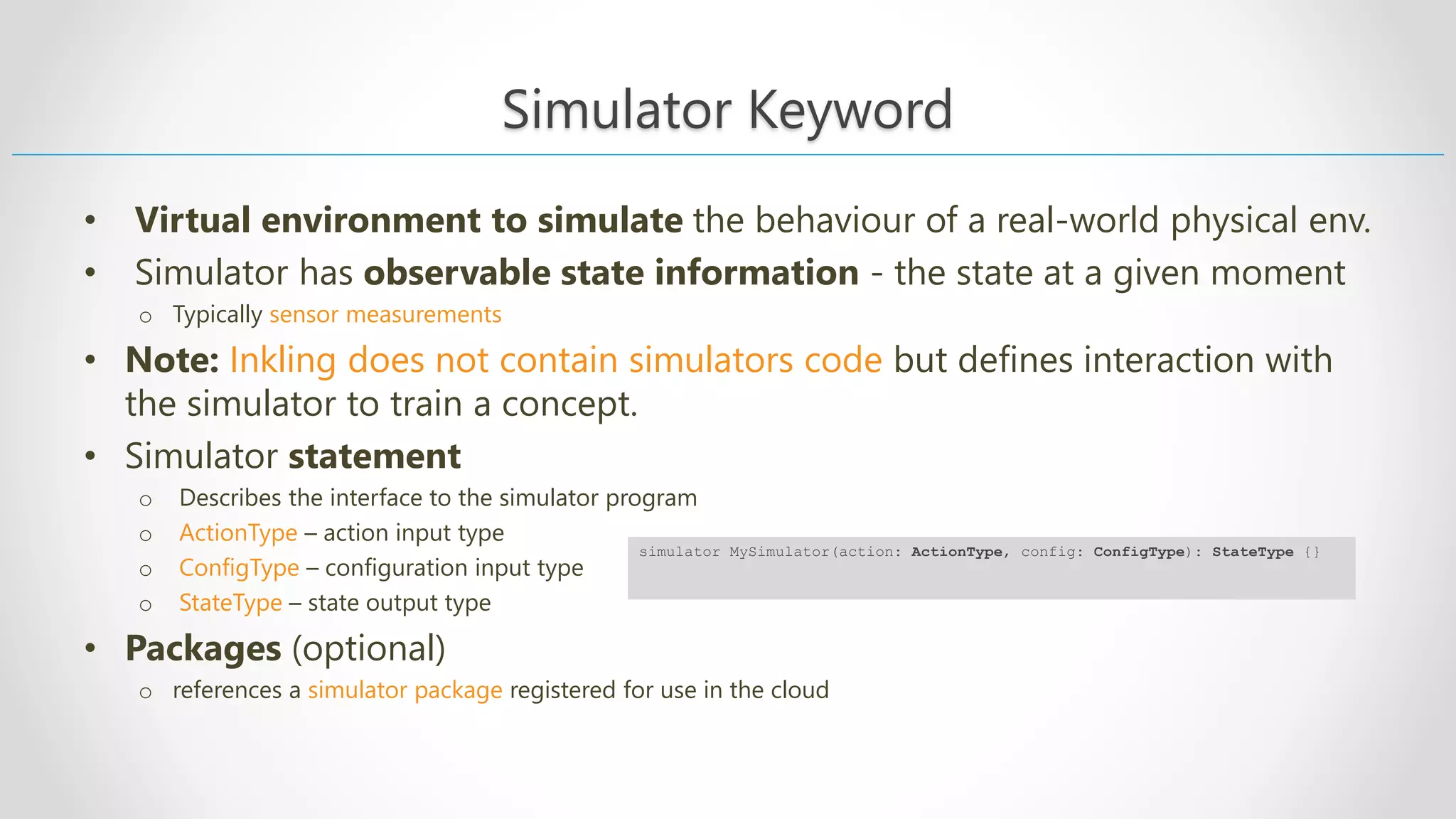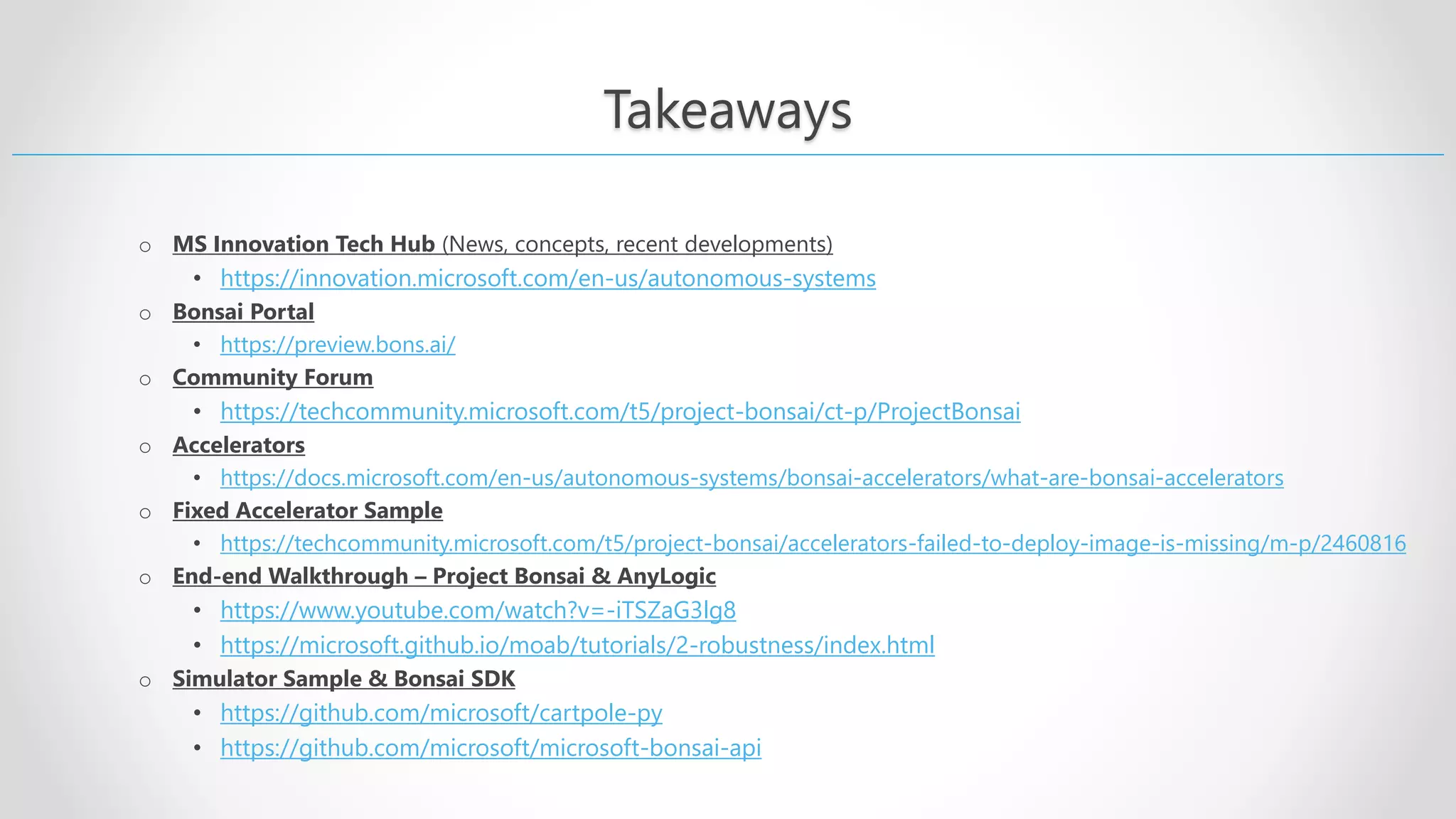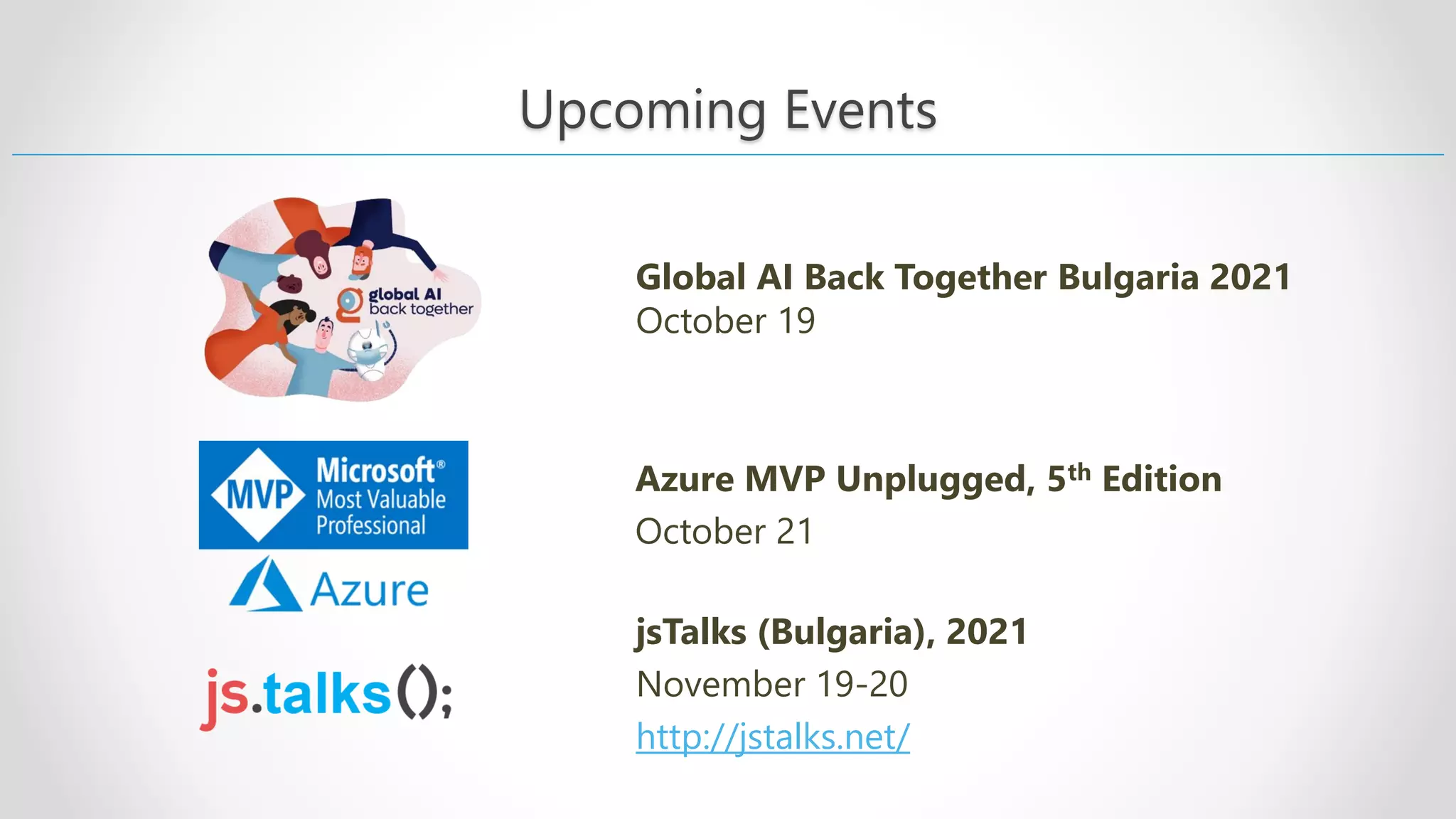The document discusses the overarching themes and components of autonomous systems, specifically focusing on Microsoft's Project Bonsai, a deep reinforcement learning platform. It details the methodologies of evolutionary and genetic algorithms for optimization, the definition and levels of autonomous systems, and various use cases for their applications. Additionally, it highlights the platform's capabilities, resources, and instructions for setting up simulations and training AI models.

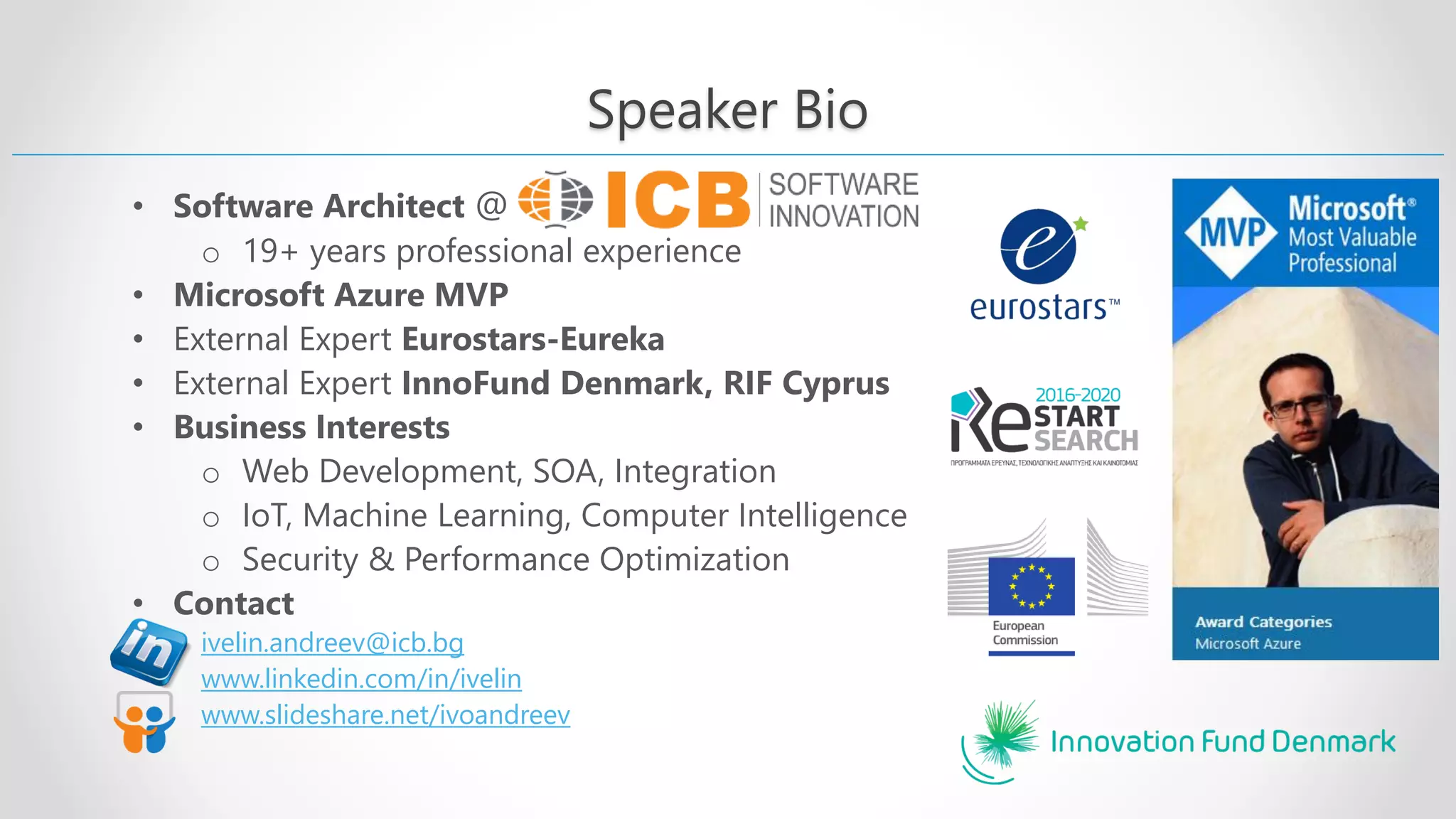
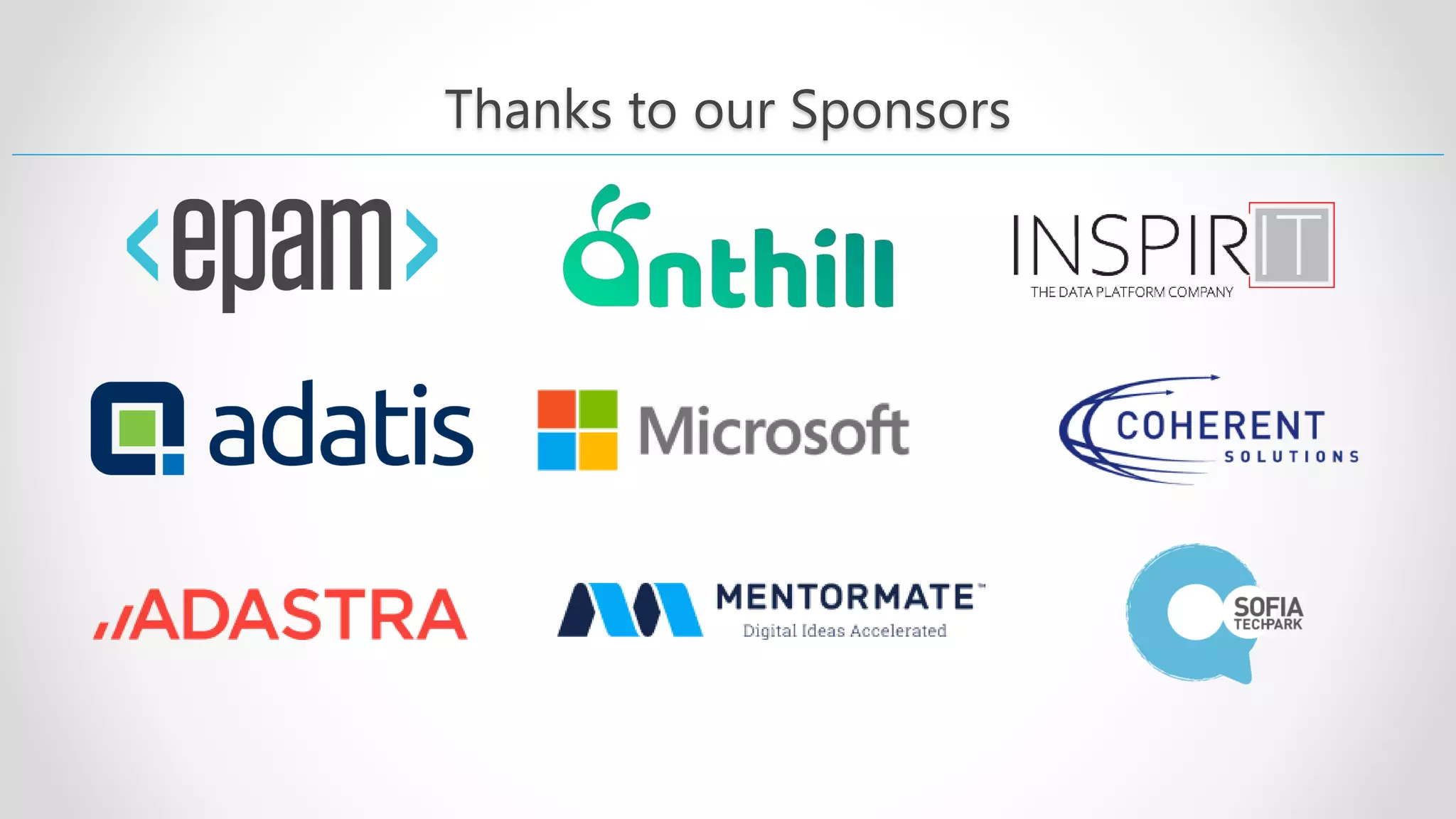



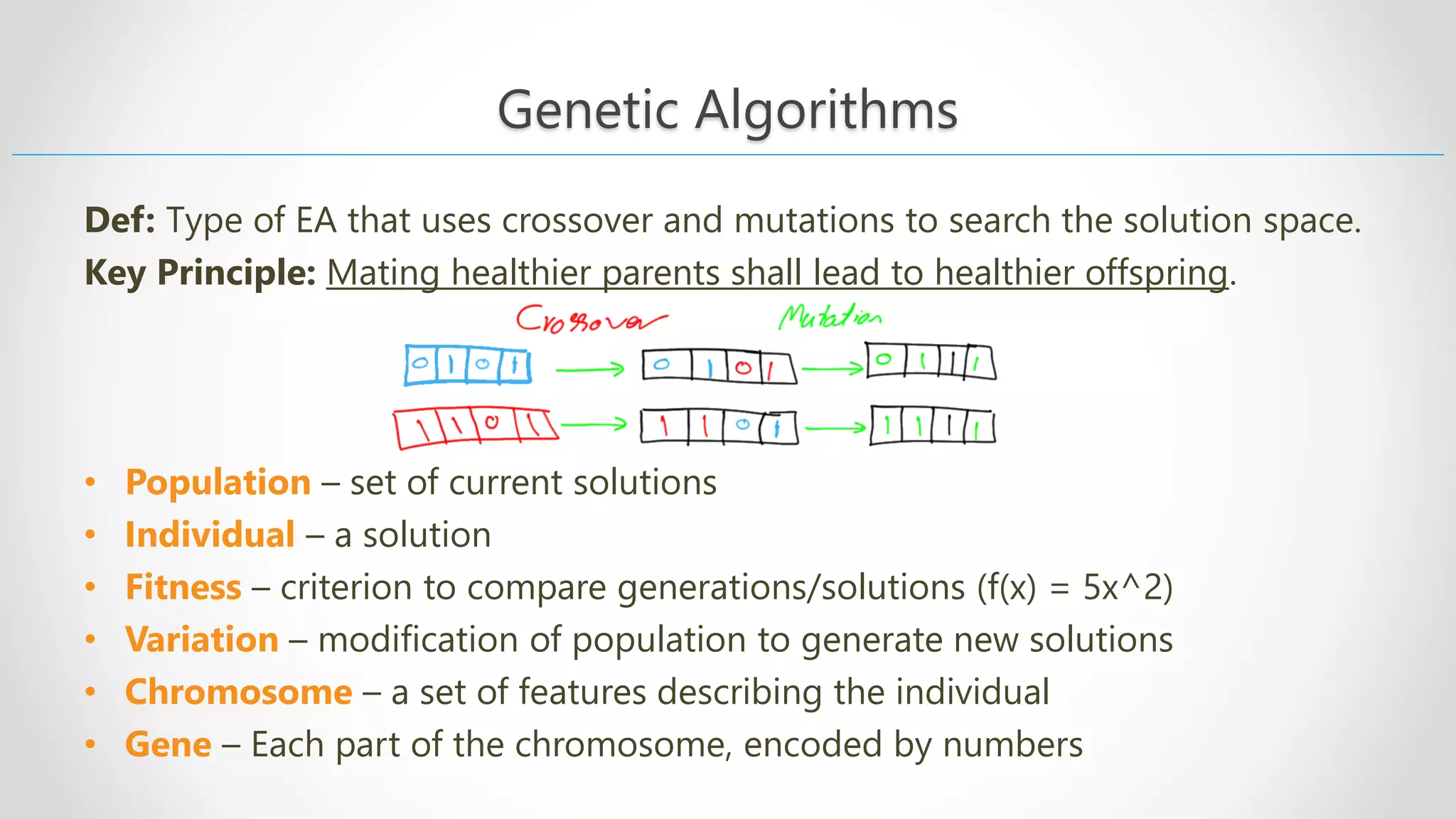

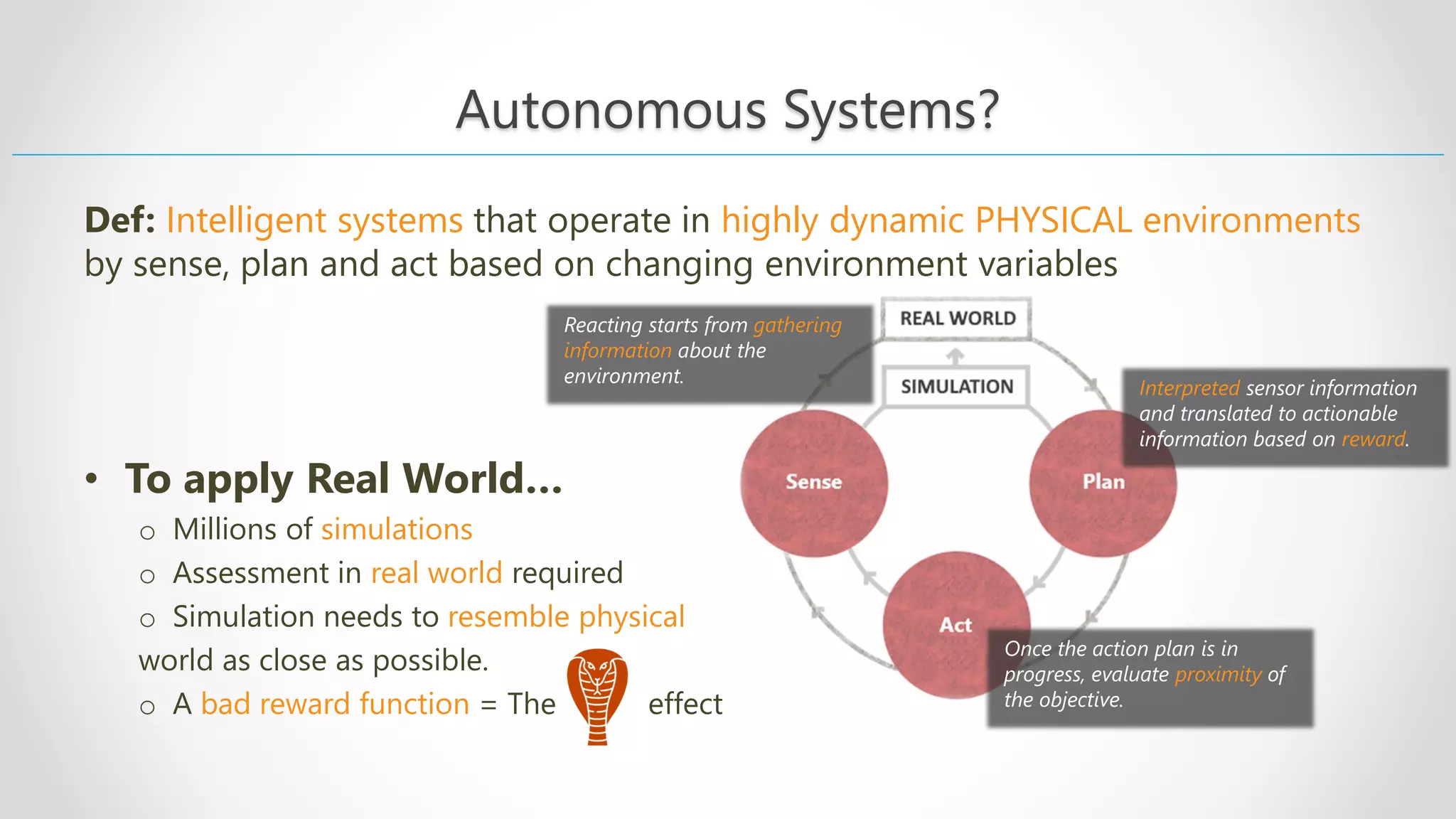
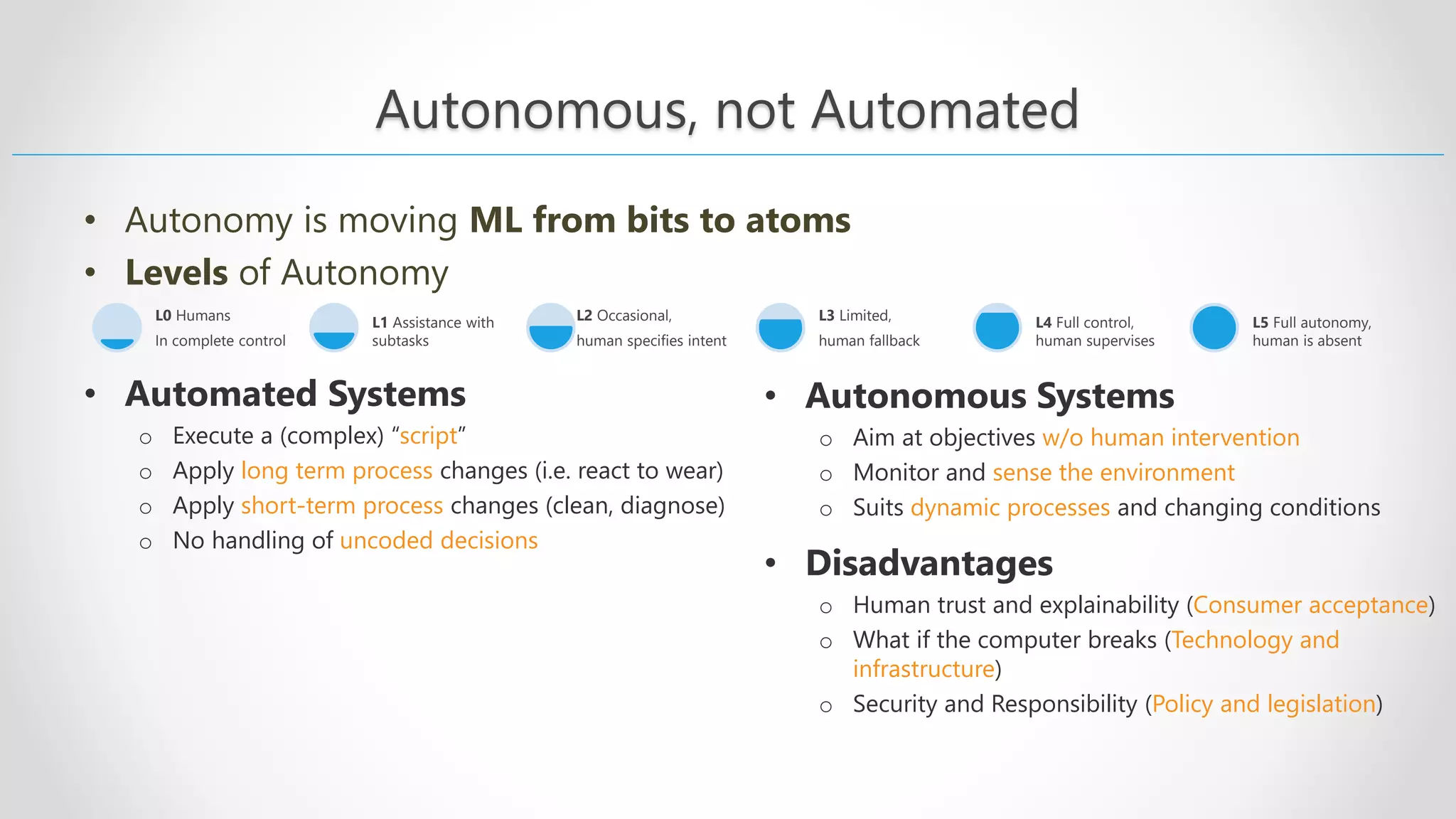

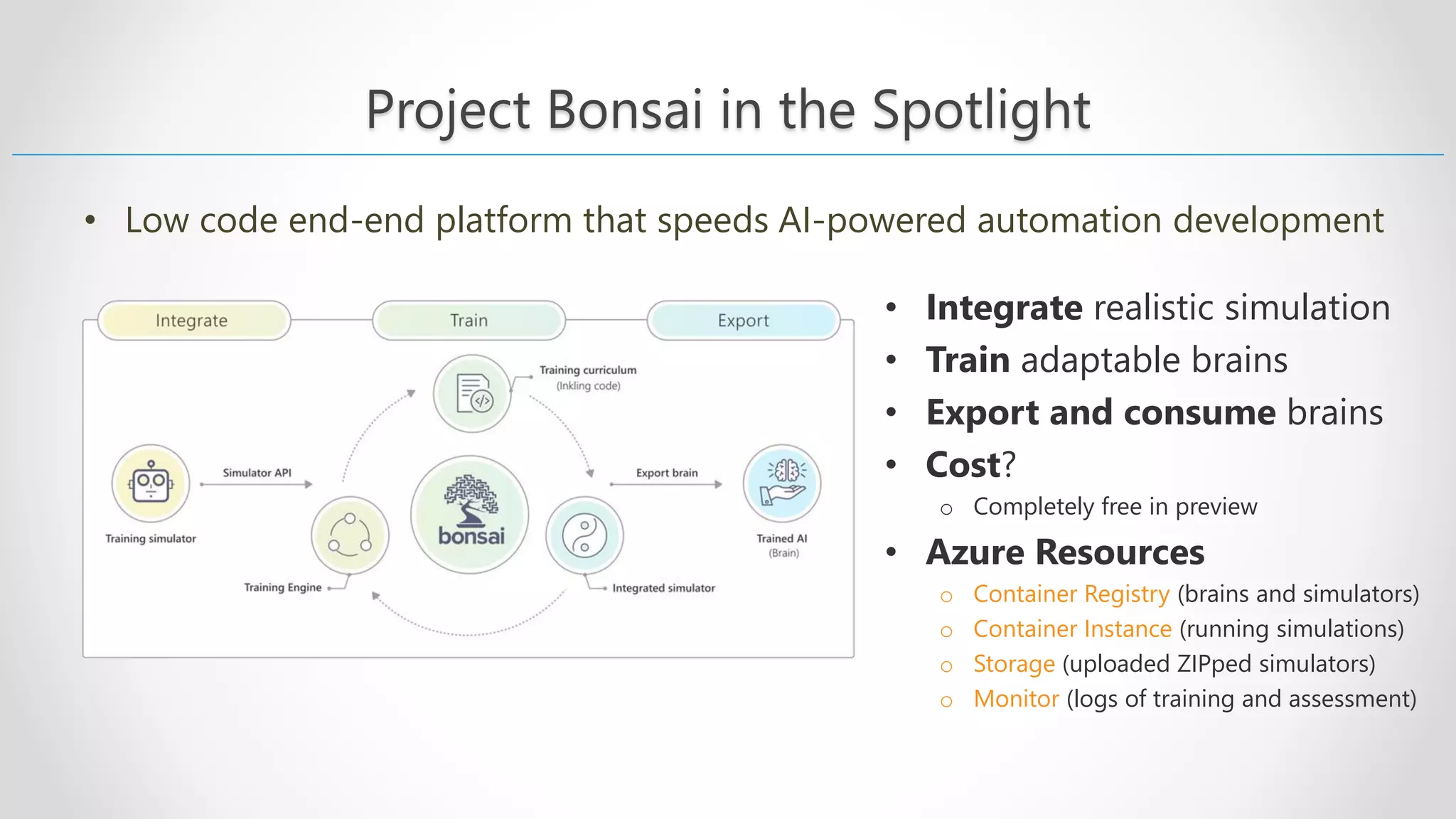
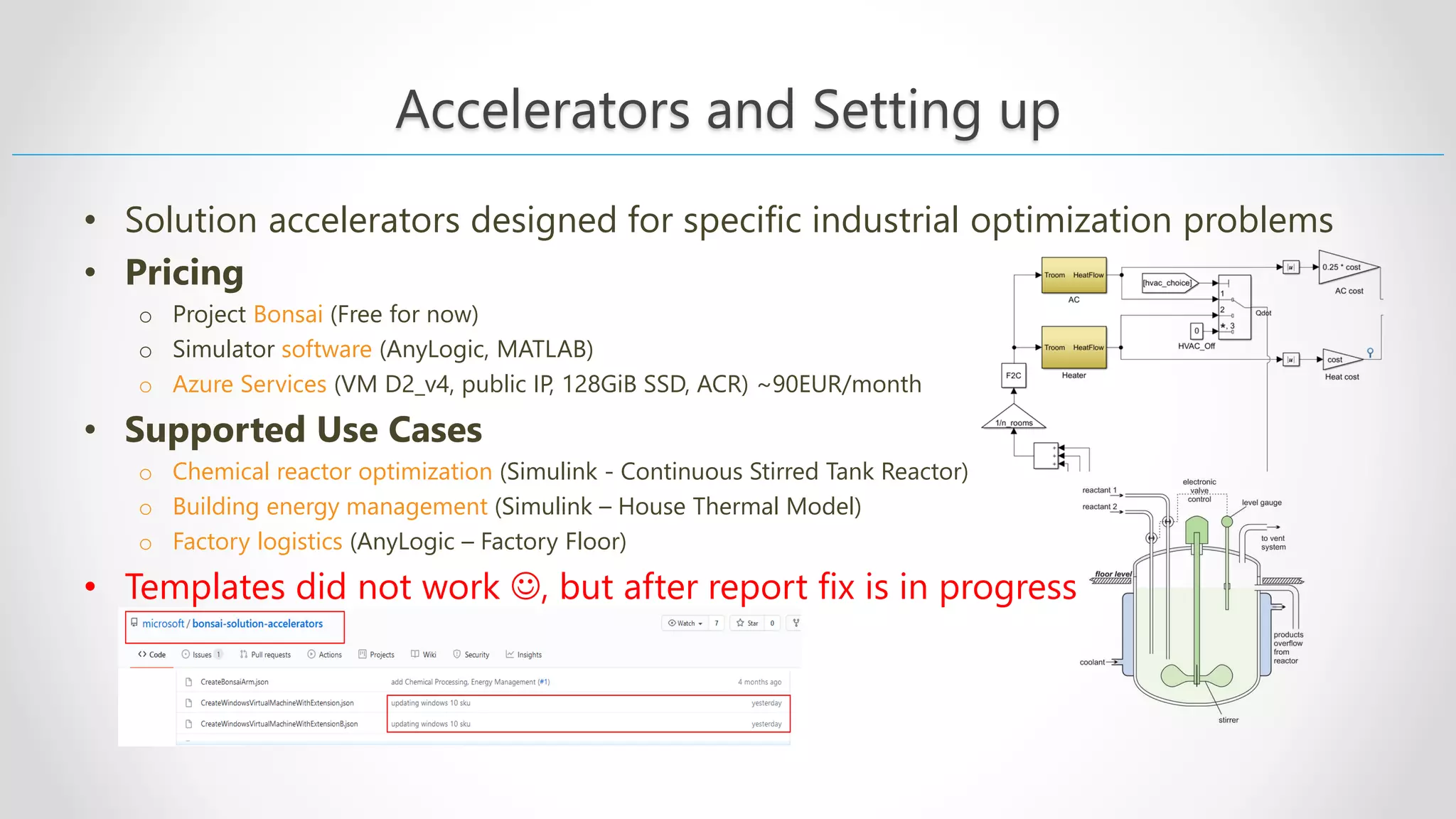
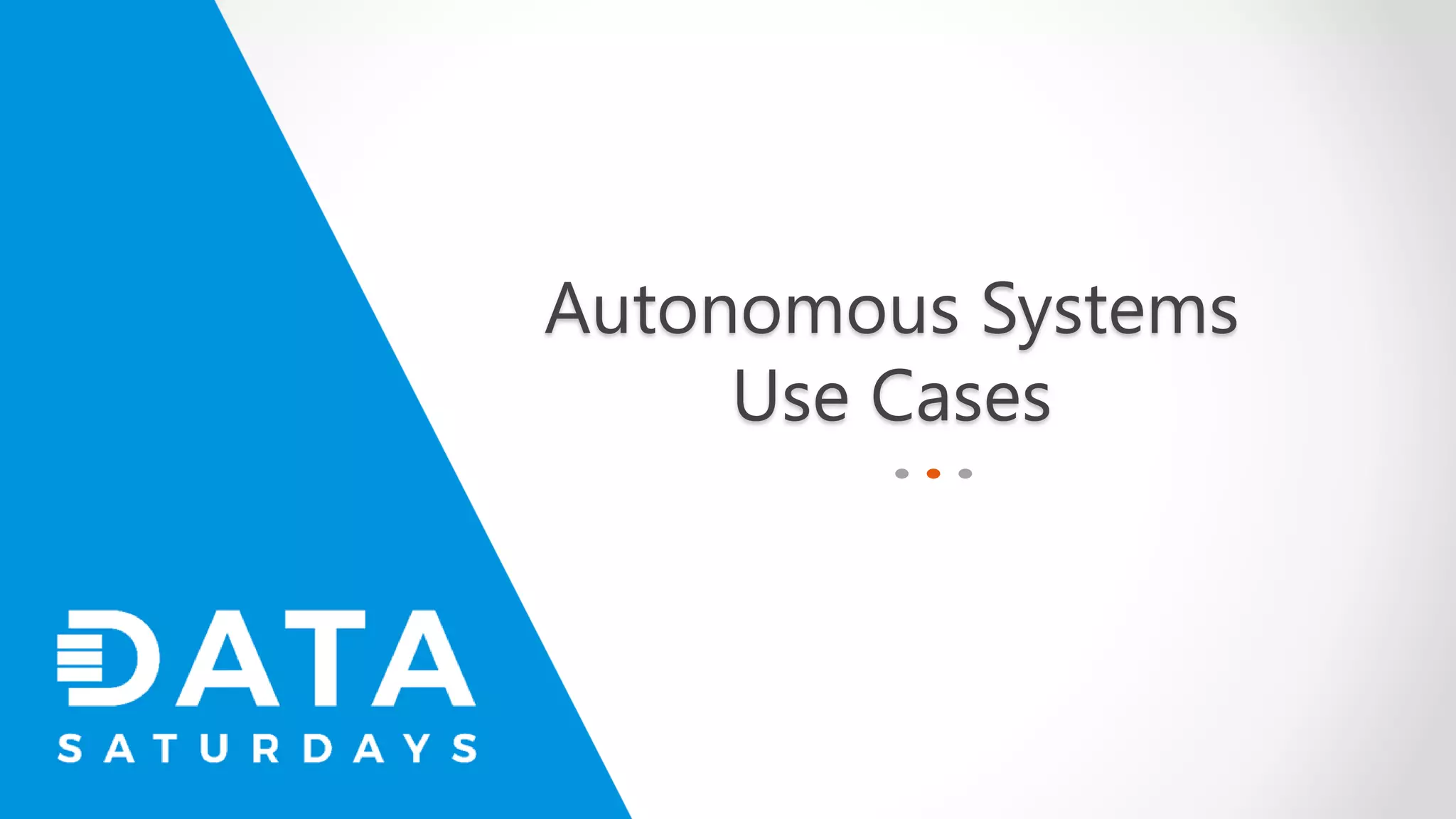
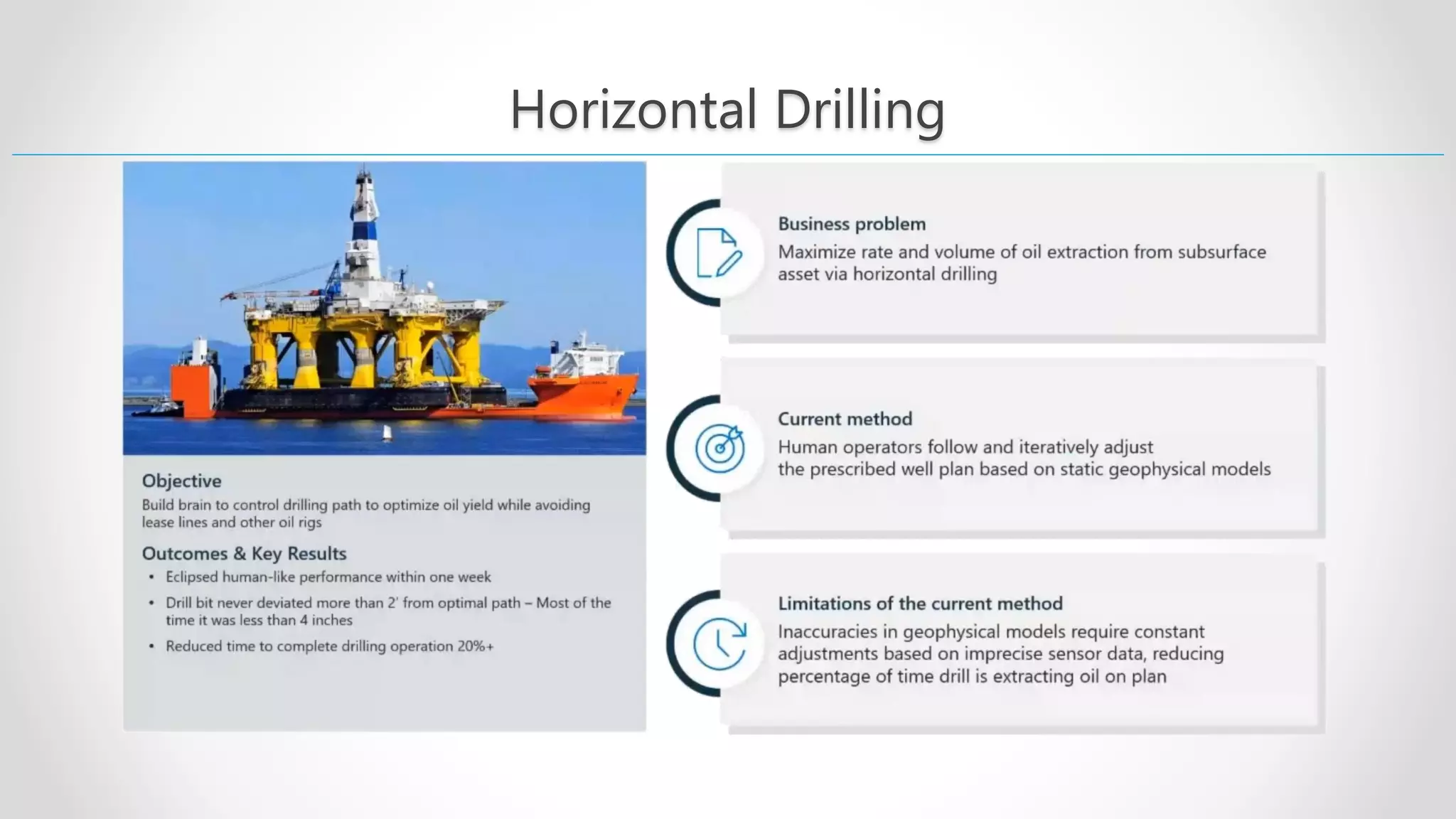
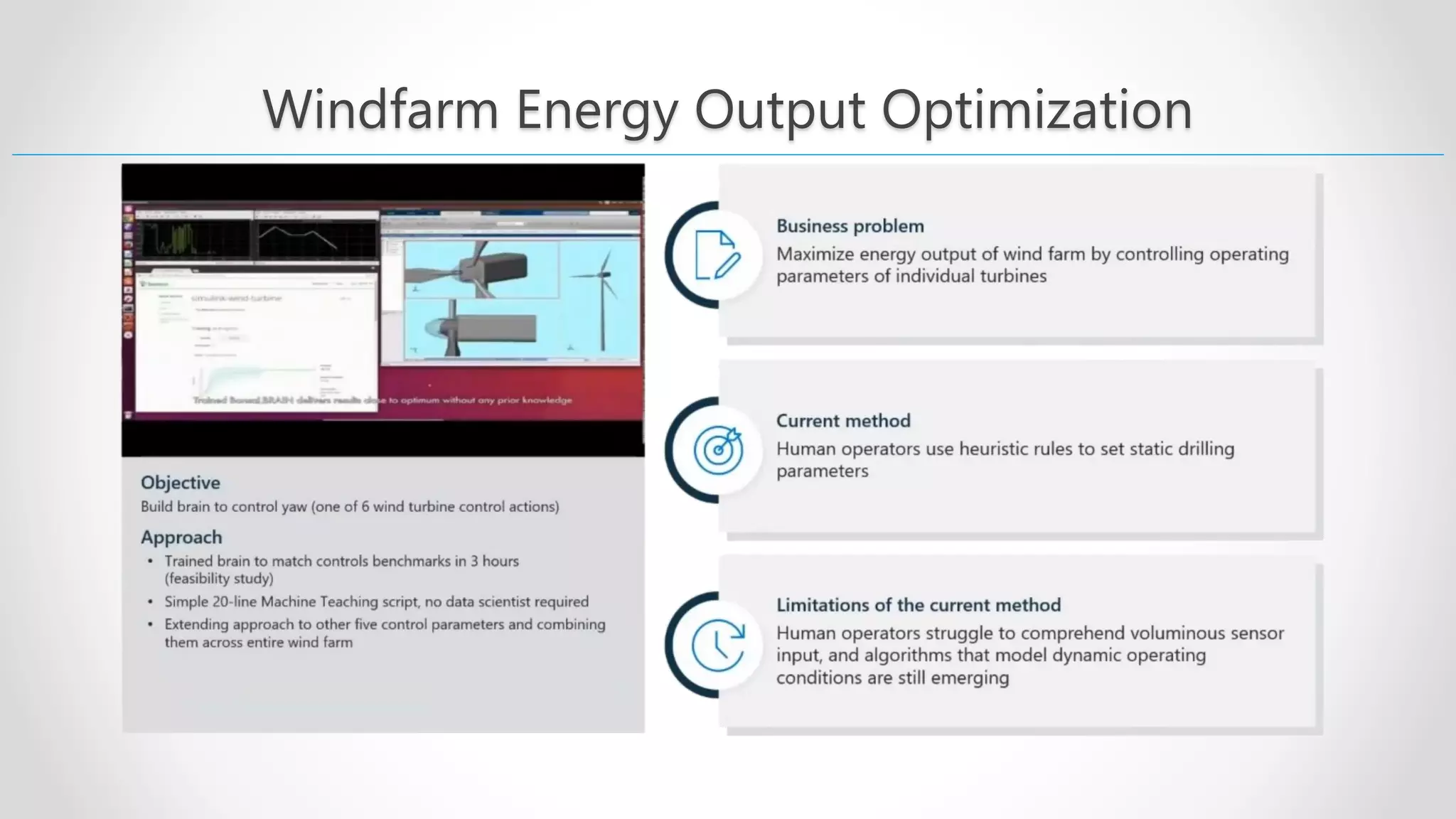
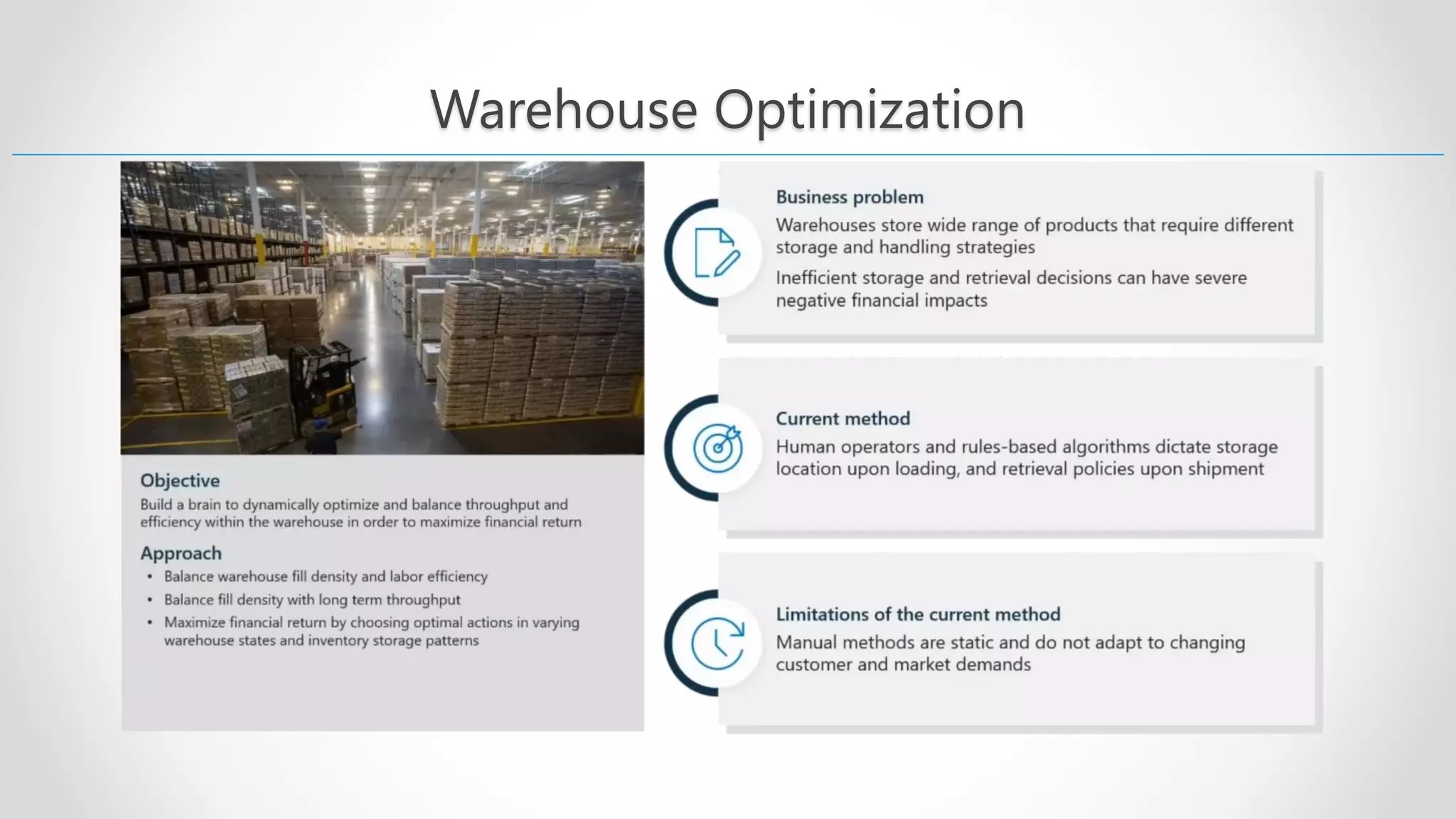


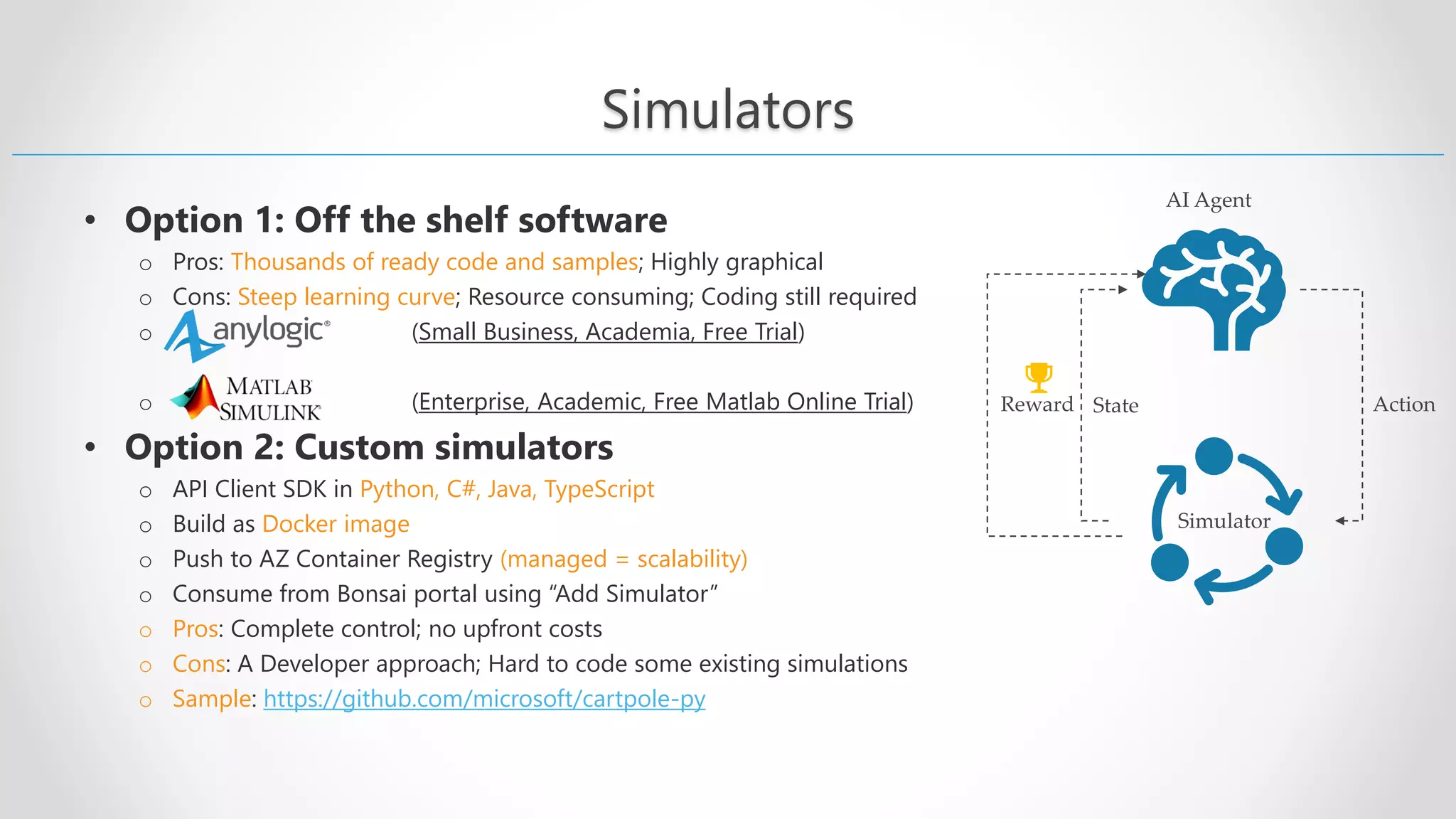
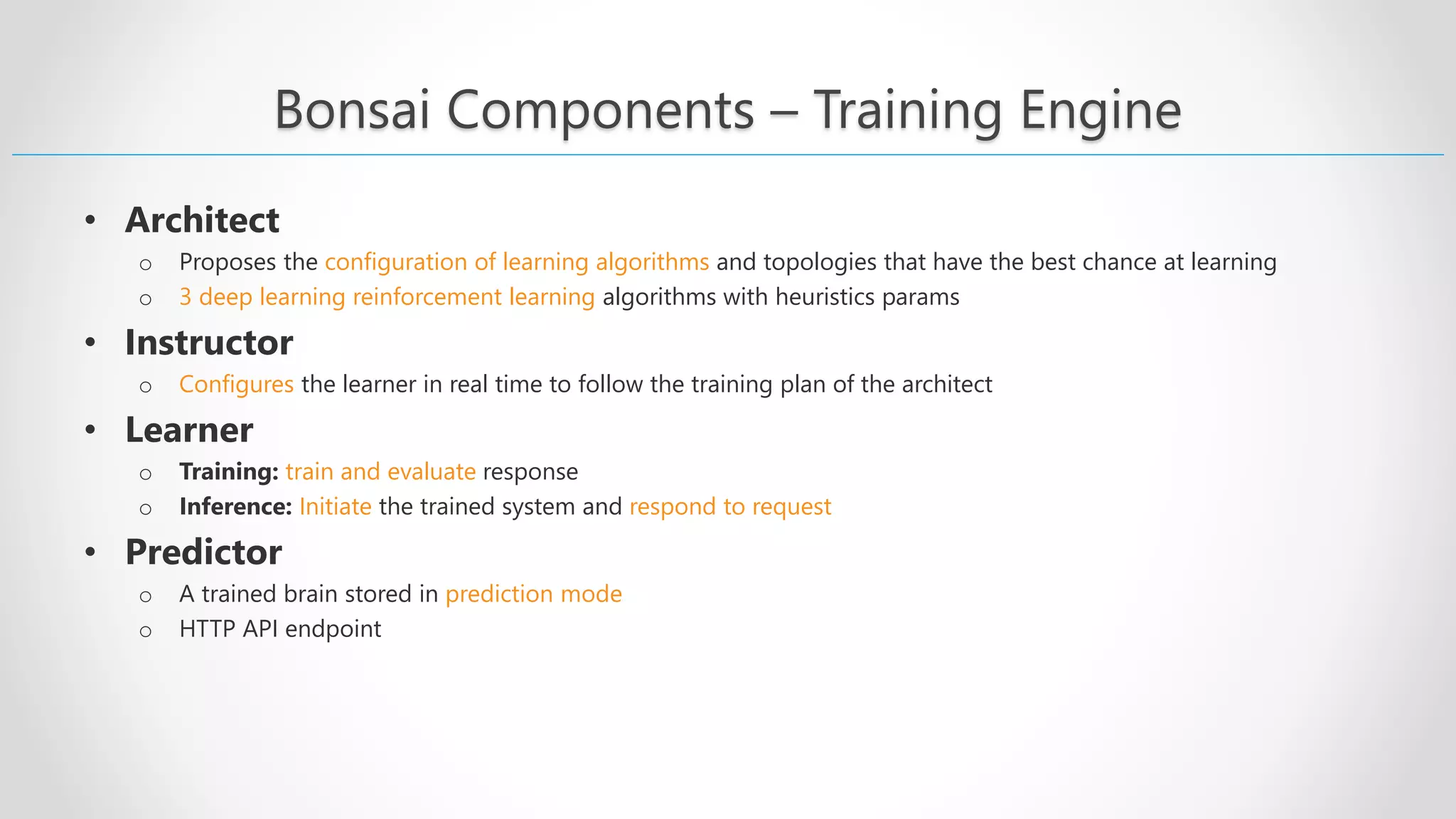
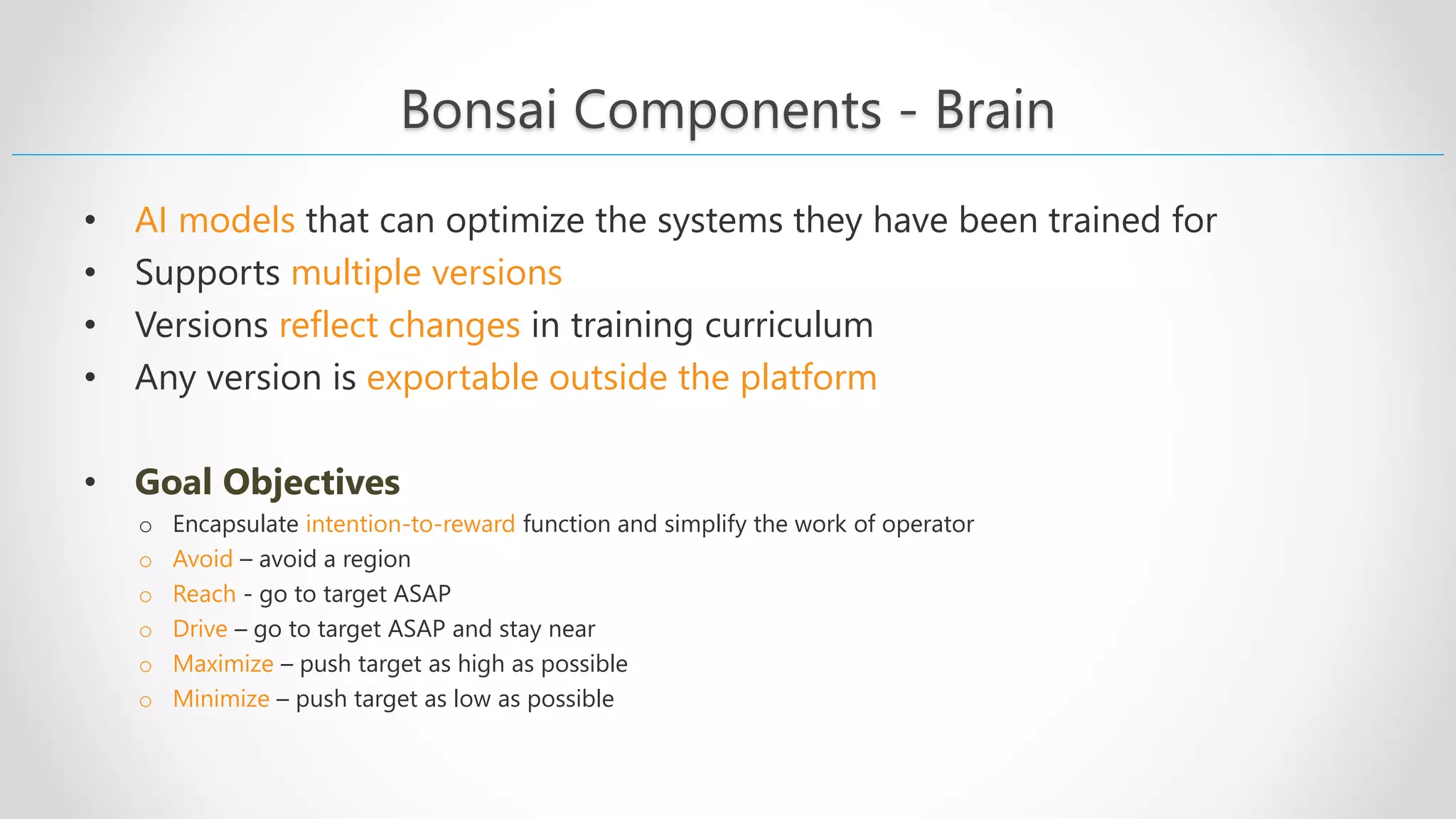

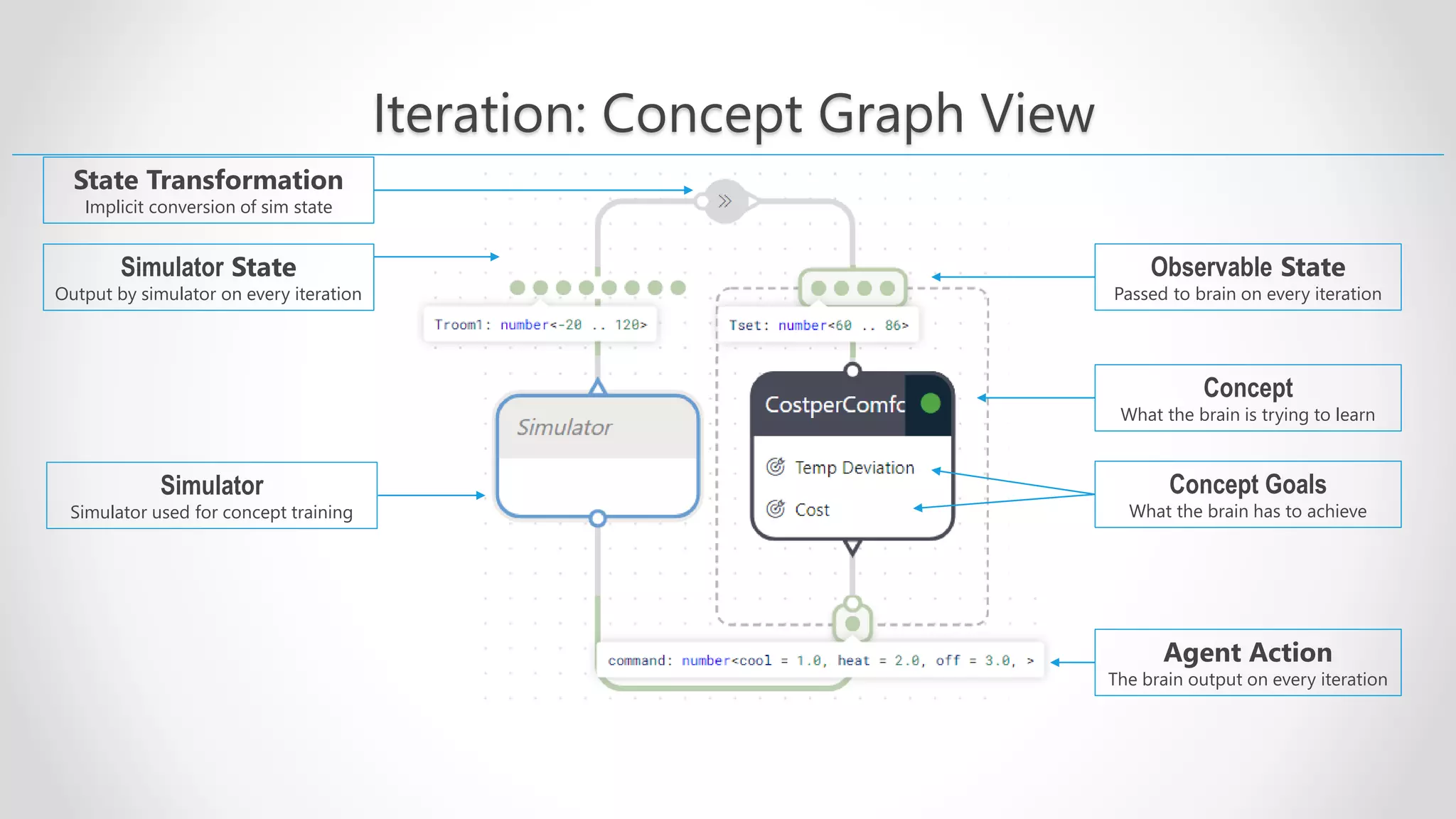
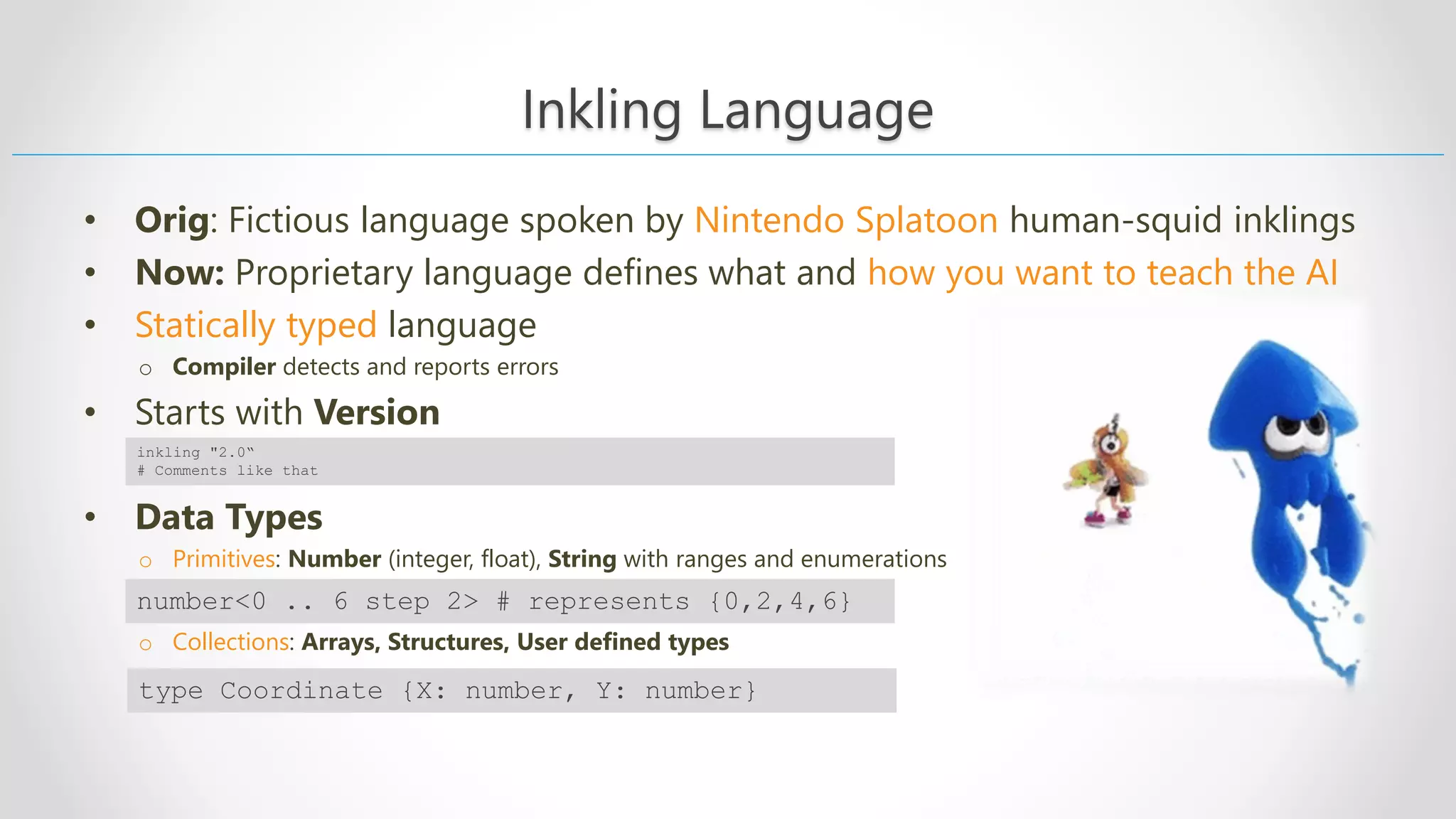
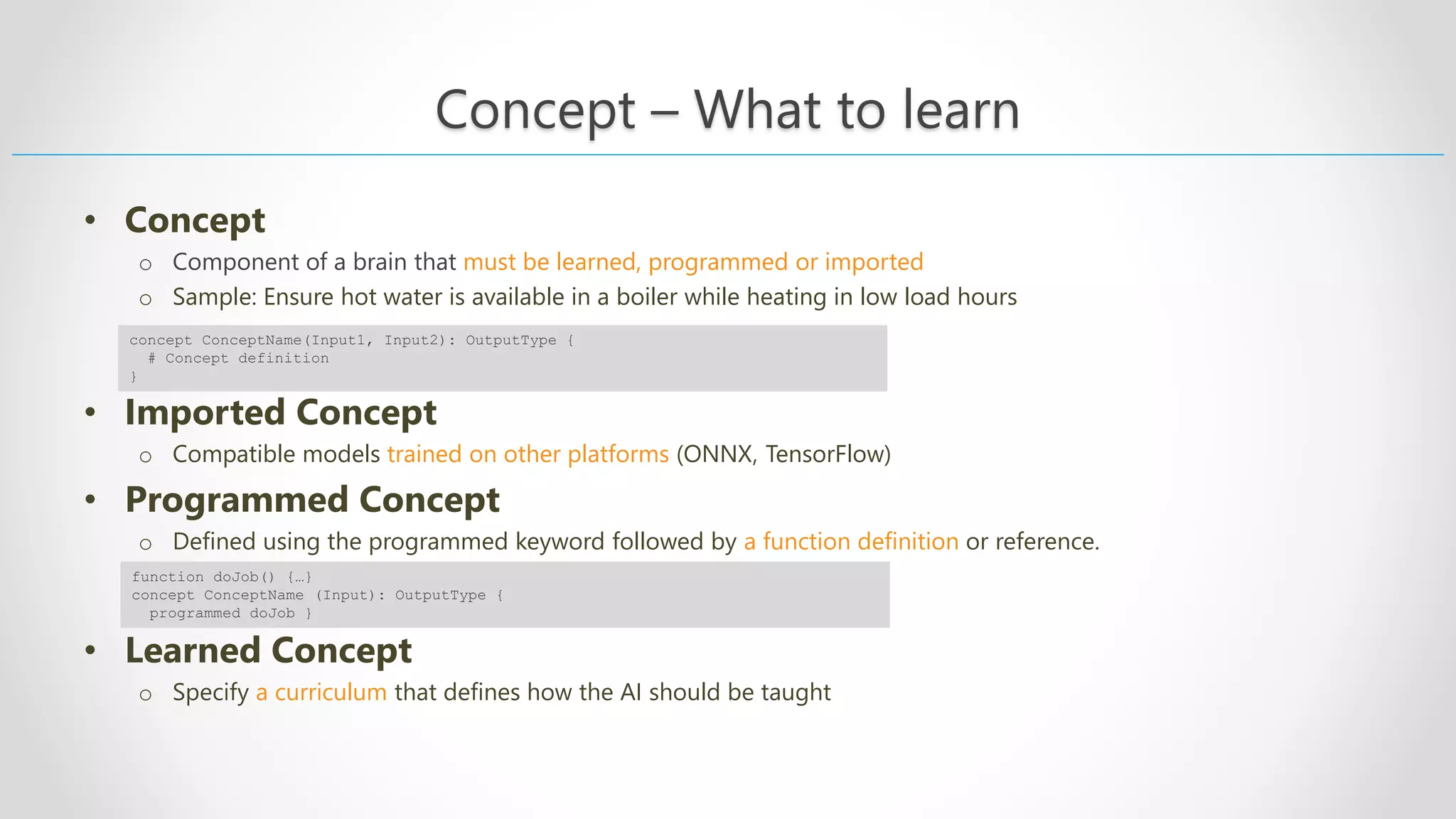
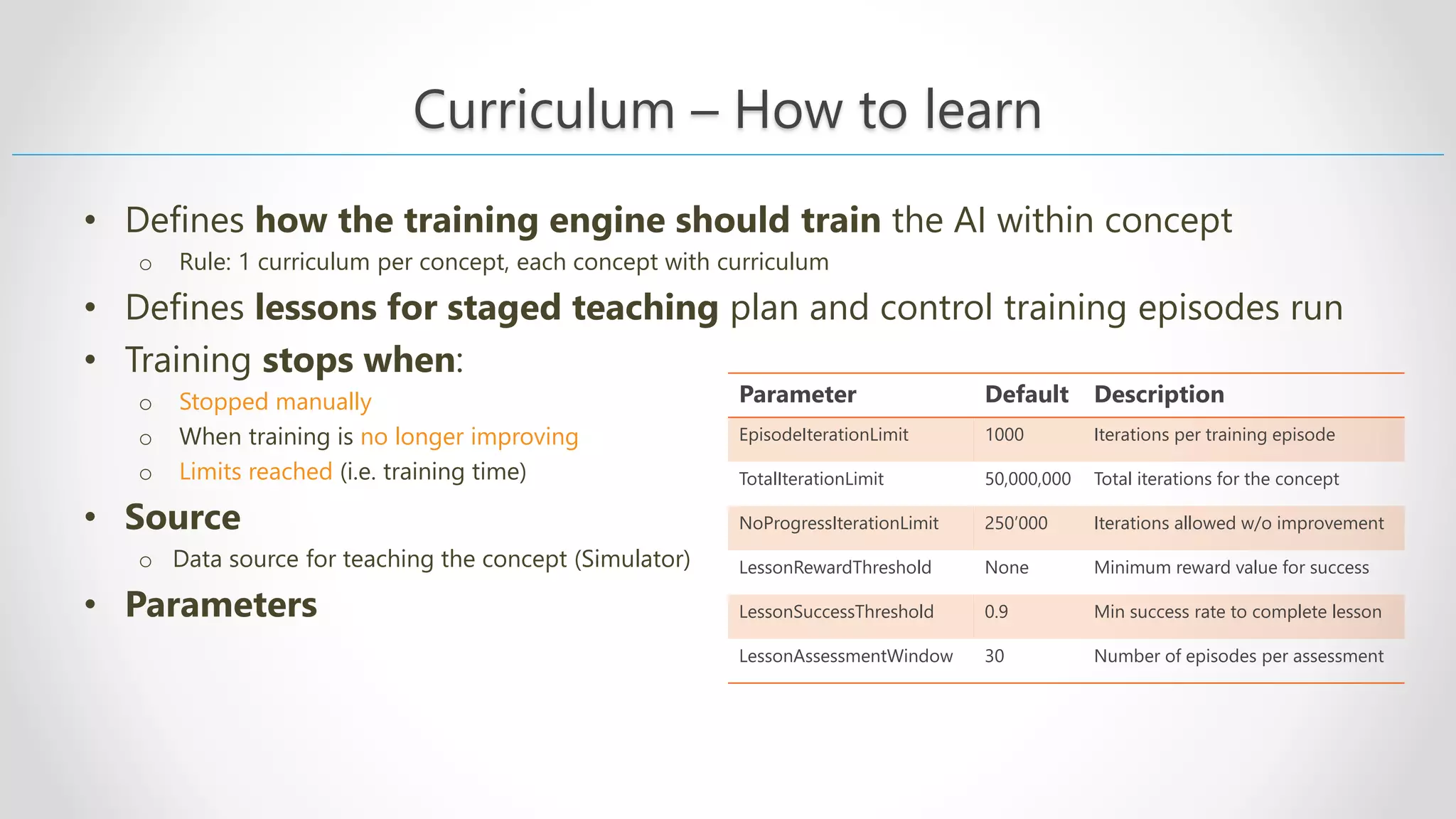
![Goal Keyword • High level specification of what we want AI to learn o The Bonsai engine determines appropriate reward functions • Objectives o Avoid o Reach o Drive o Maximize o Minimize • Goal Ranges using Goal # namespace Curriculum { … goal (s:SimState){ avoid Fall: Math.Abs(state.angle) in Goal.RangeAbove(MaxAngle) drive SmallAngle: Math.Abs(state.angle) in Goal.Range(0, MaxAngle/6) }} Parameter Description Goal.Range(X, Y) Values between X and Y, inclusive Goal.RangeAbove(X) Values greater than or equal to X Goal.RangeBelow(X) Values less than or equal to X Goal.Sphere(X, R) Values within line with radius R Goal.Sphere([X, Y], R) Values within 2D circle with radius R Goal.Sphere([X, Y, Z], R) Values within 3D sphere with radius R](https://image.slidesharecdn.com/anotherpovondata-projectbonsai-211028175901/75/Constrained-Optimization-with-Genetic-Algorithms-and-Project-Bonsai-28-2048.jpg)
